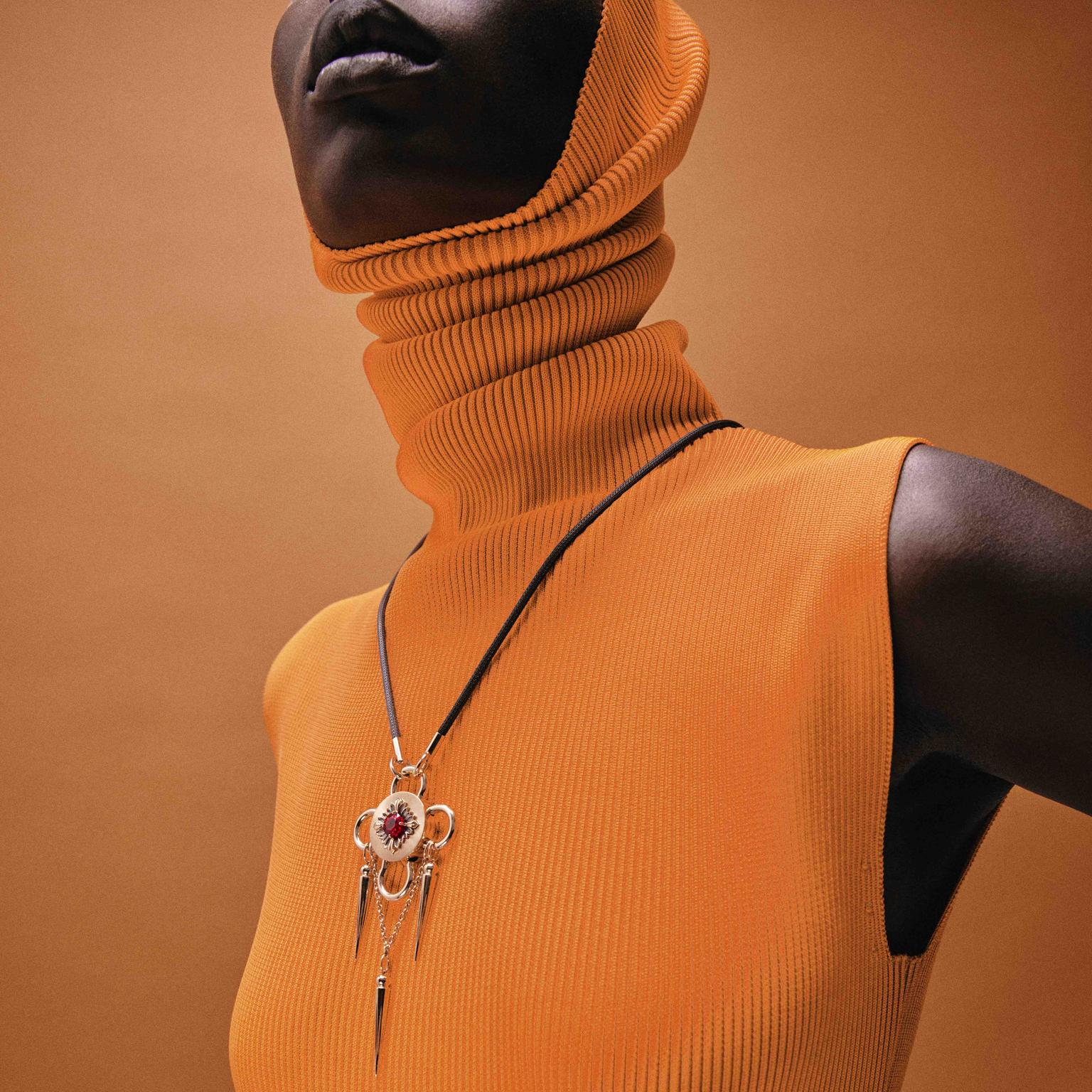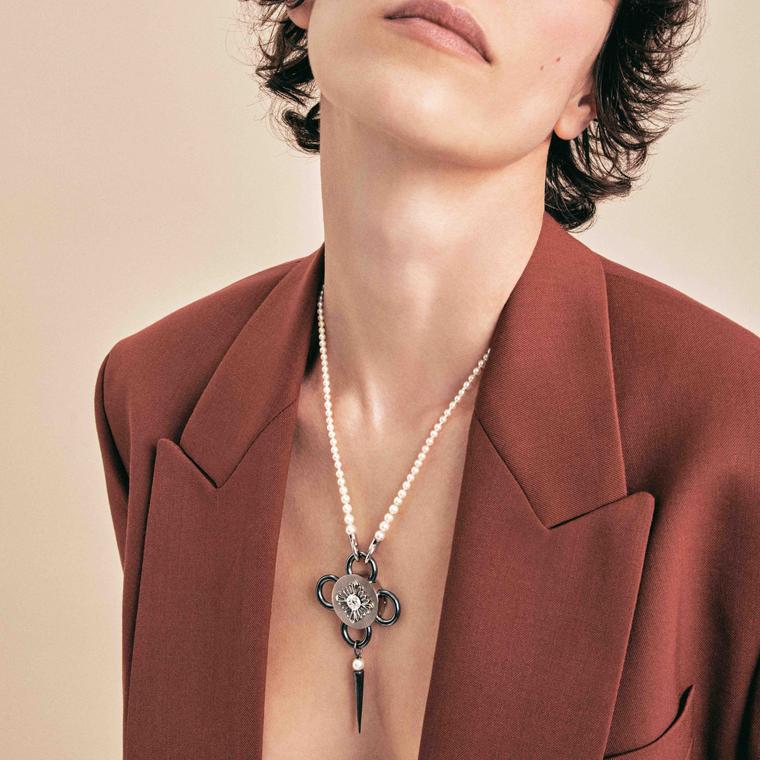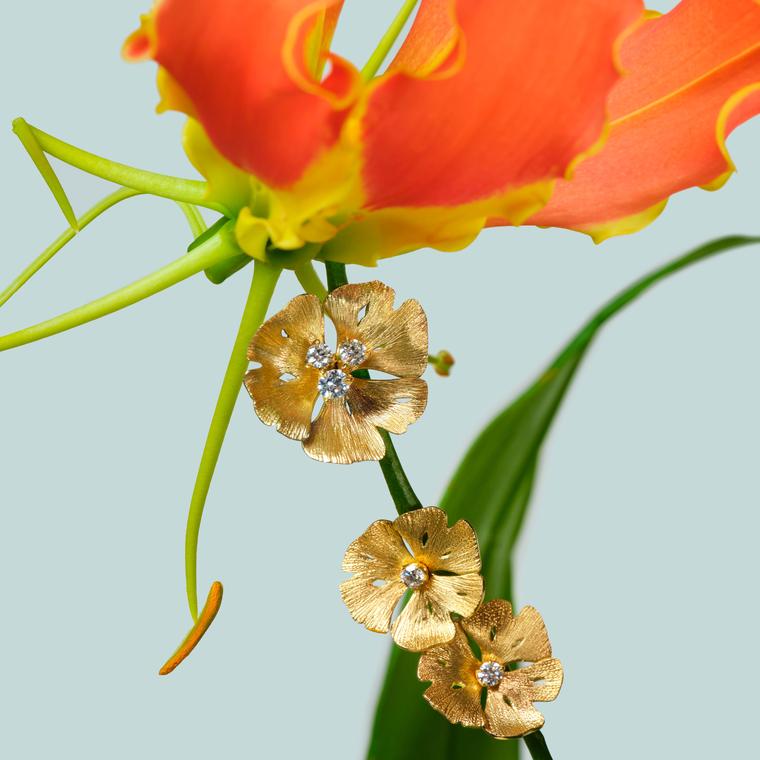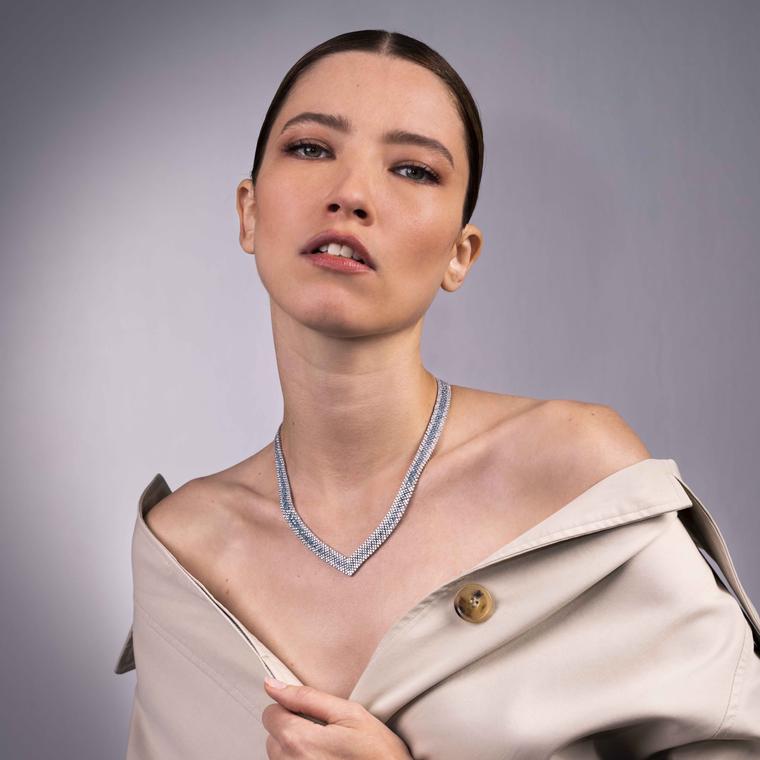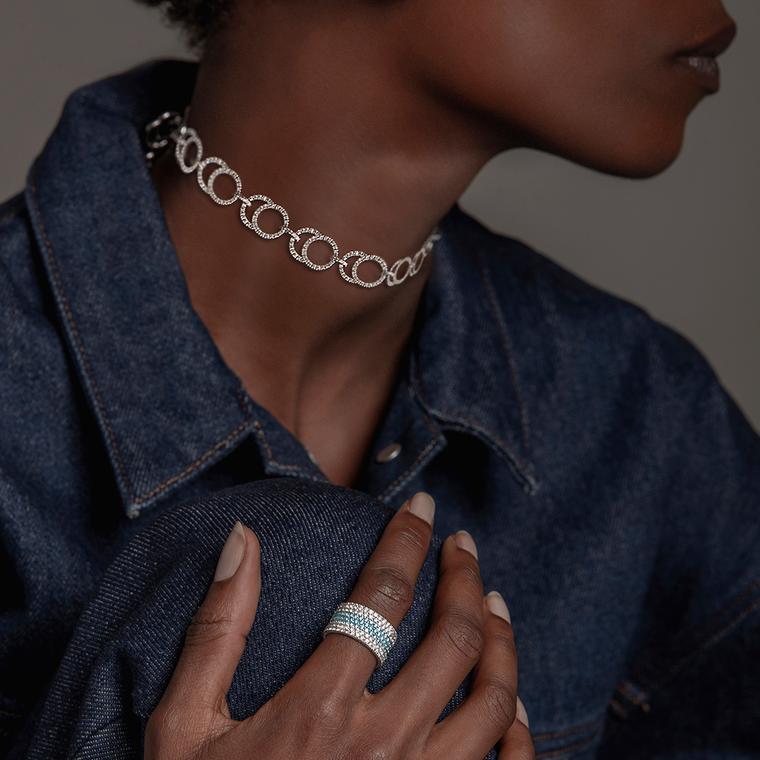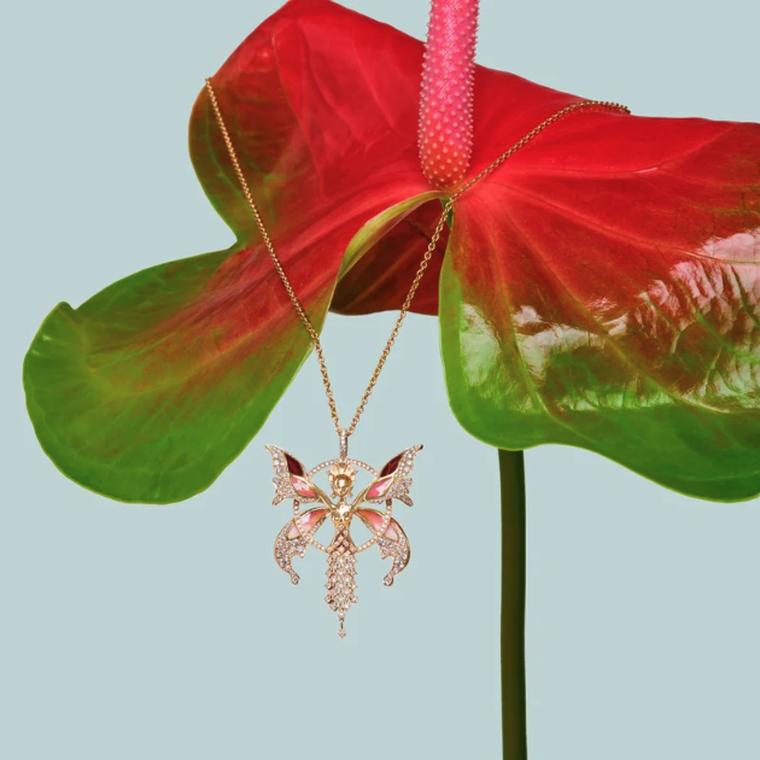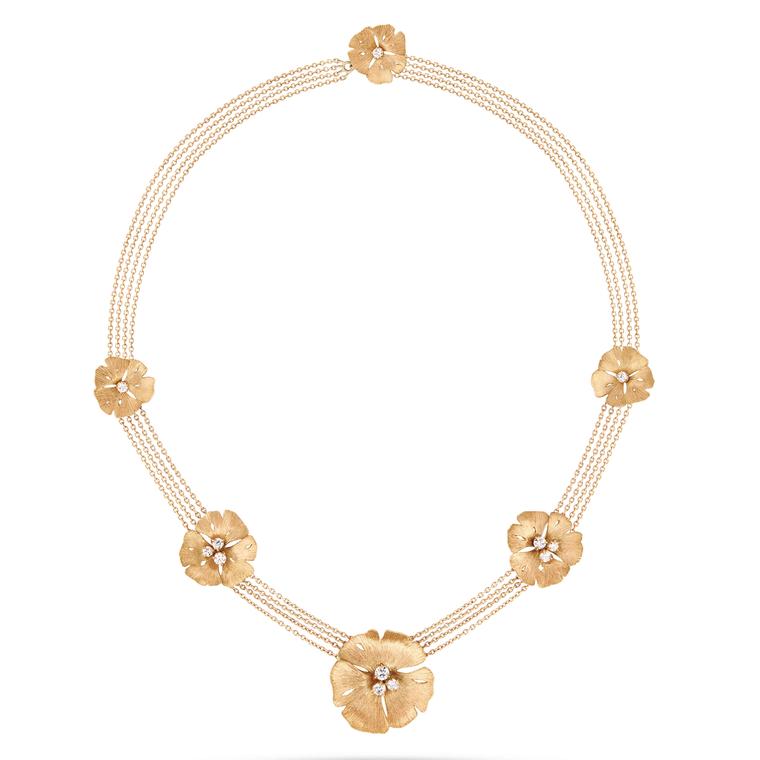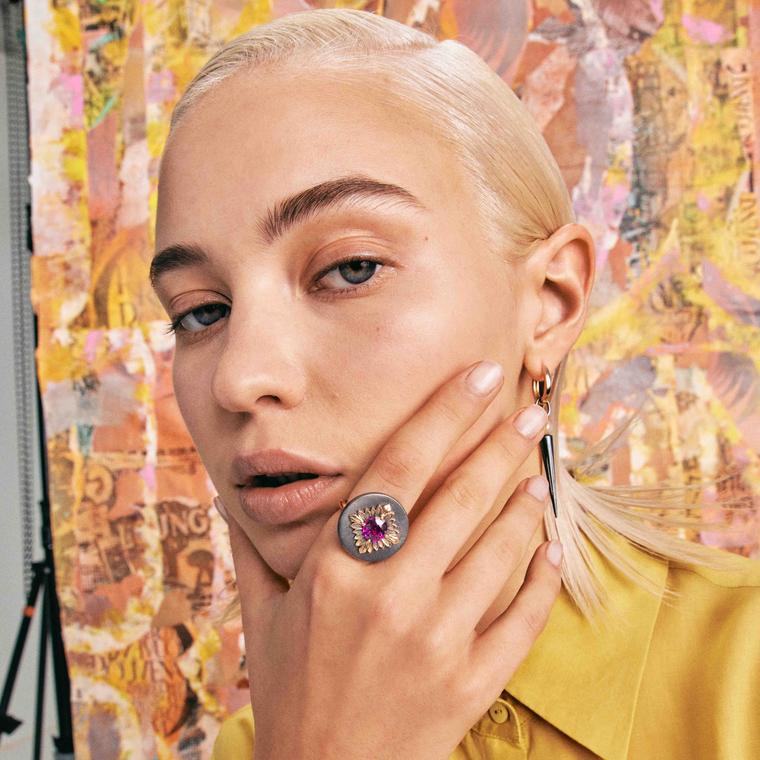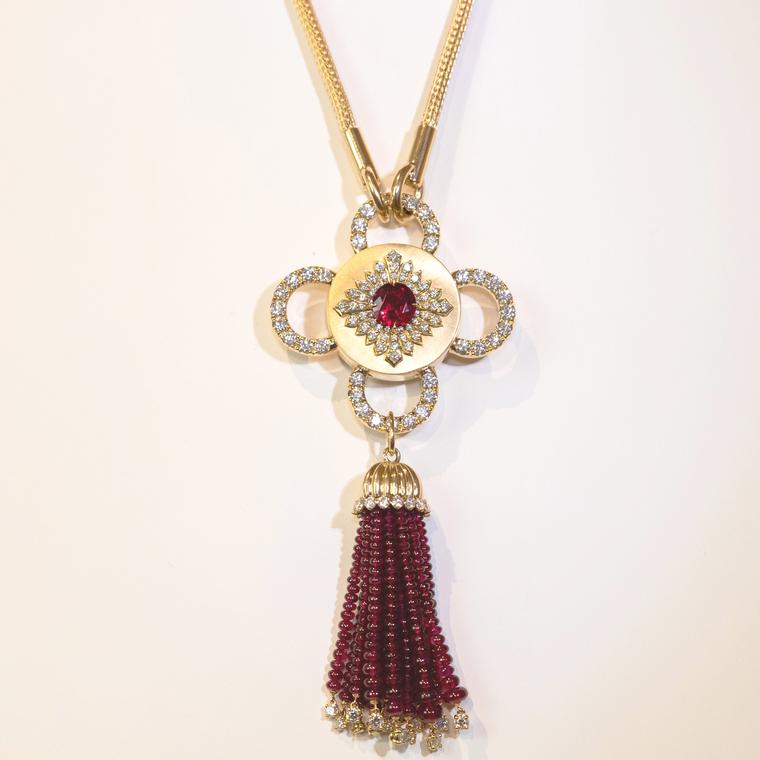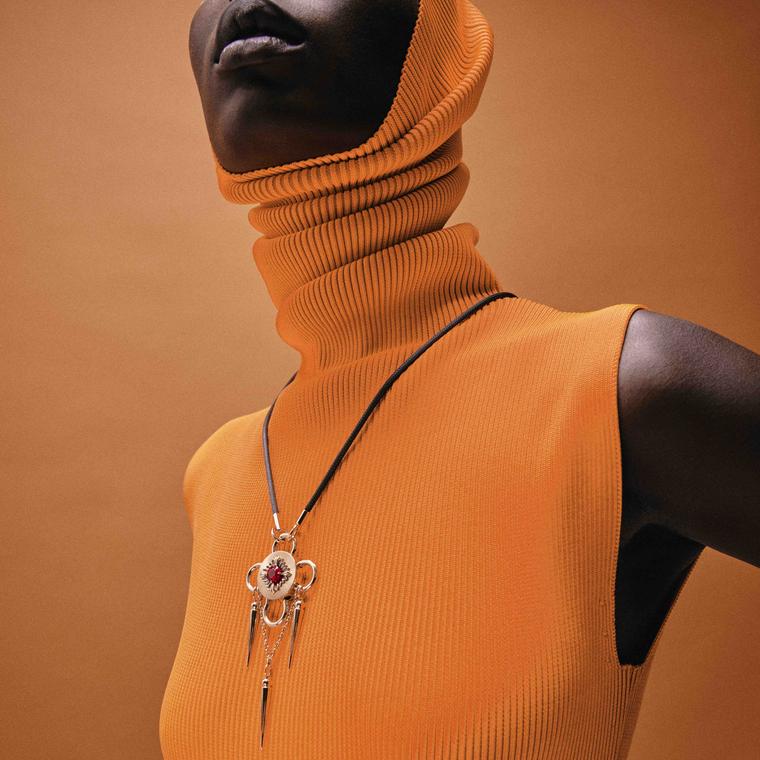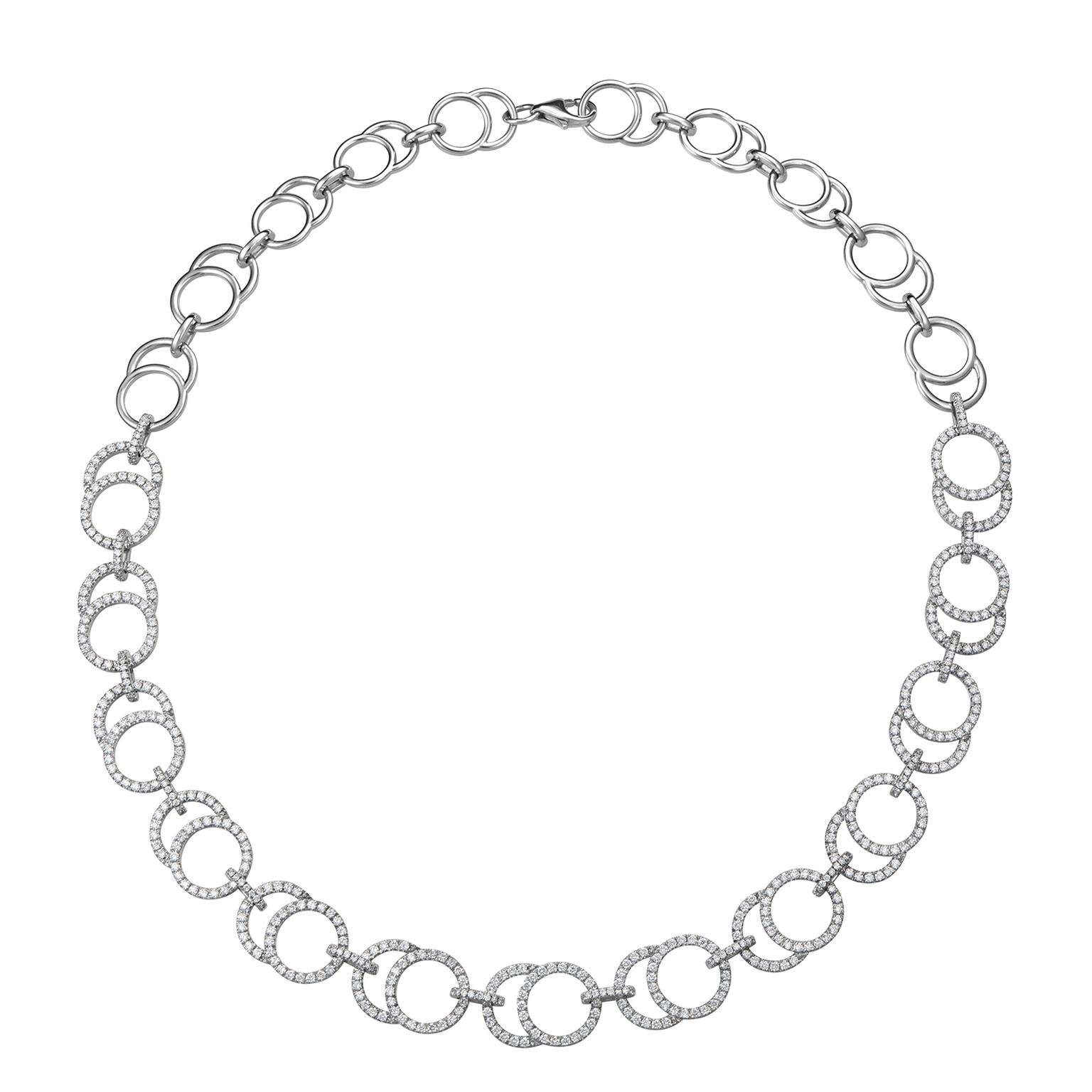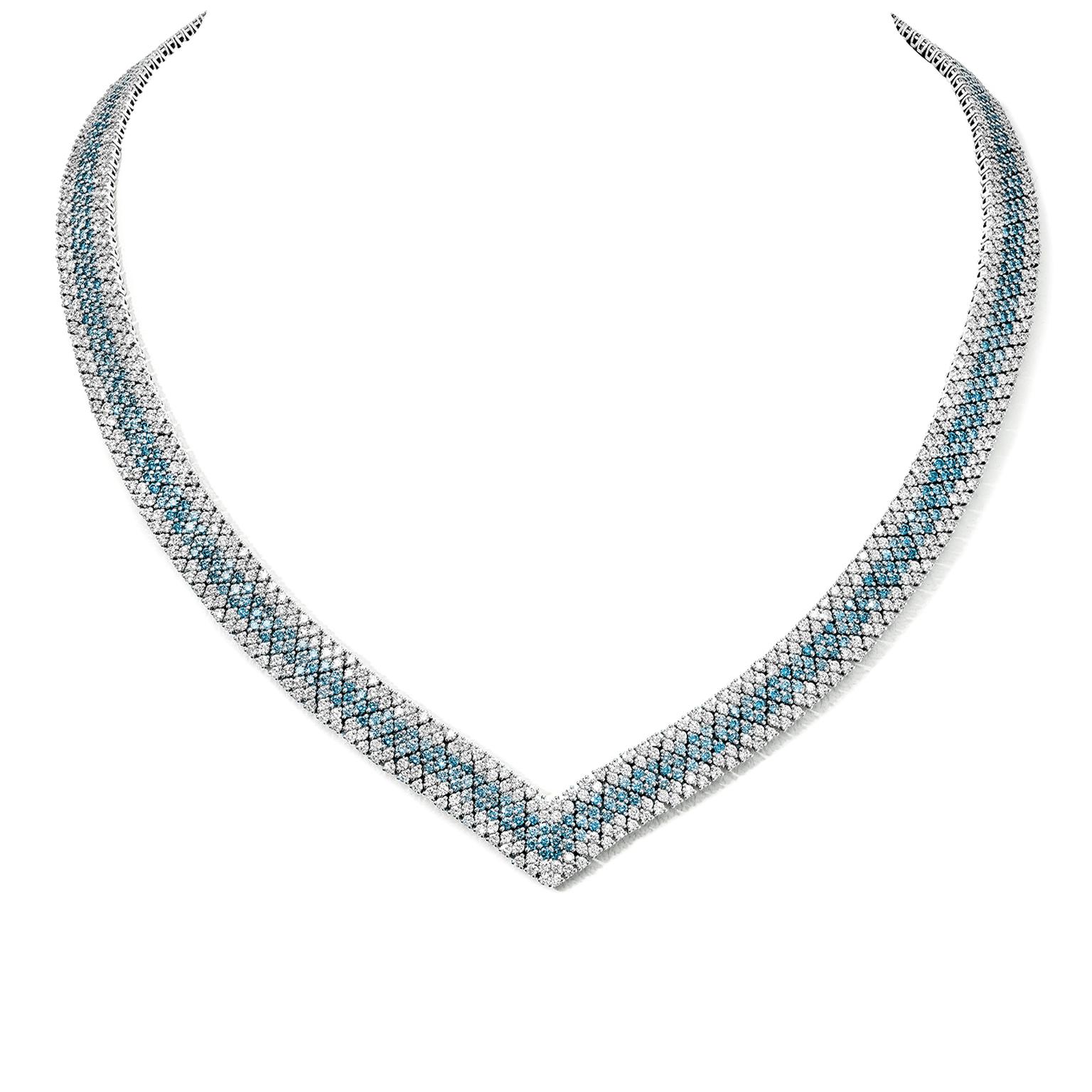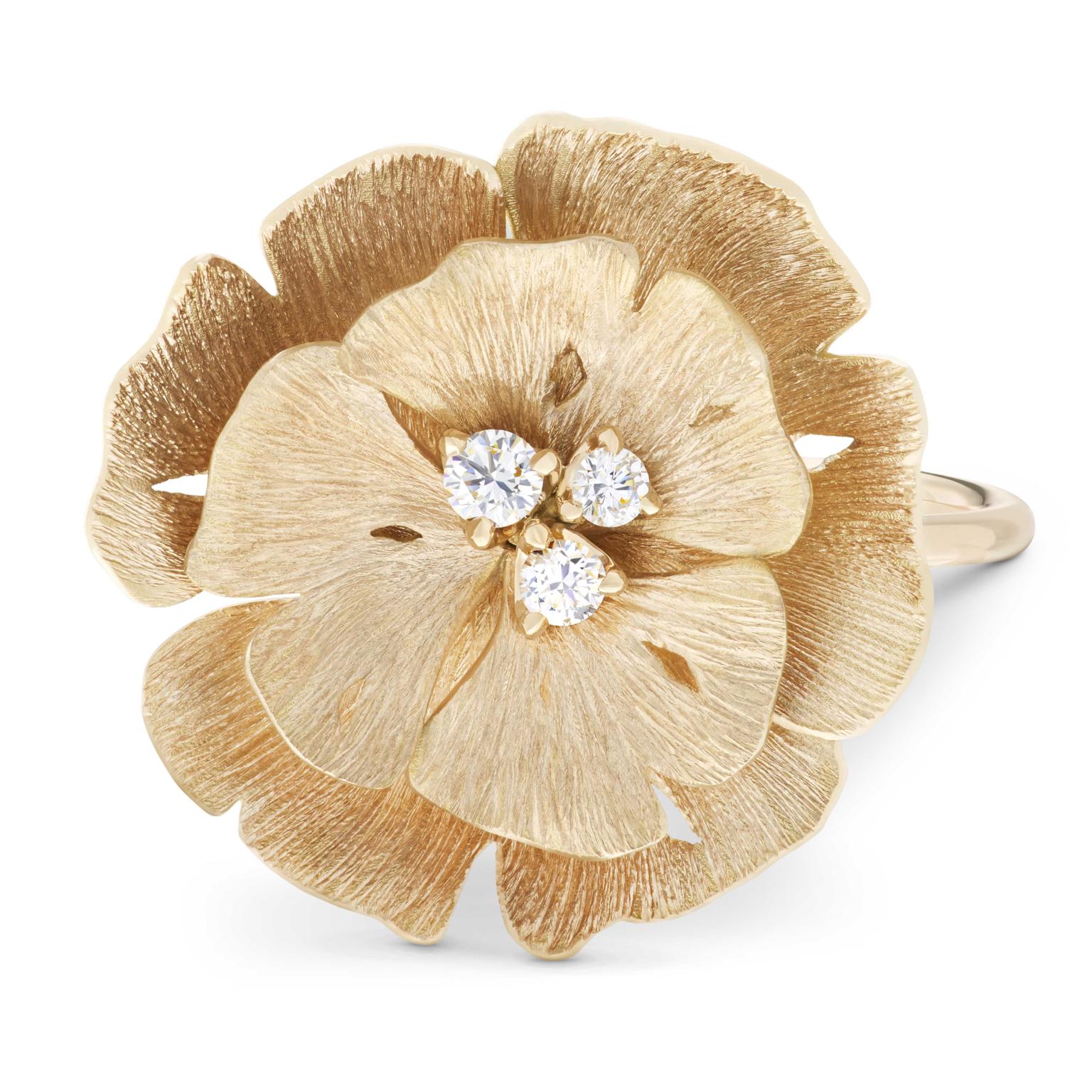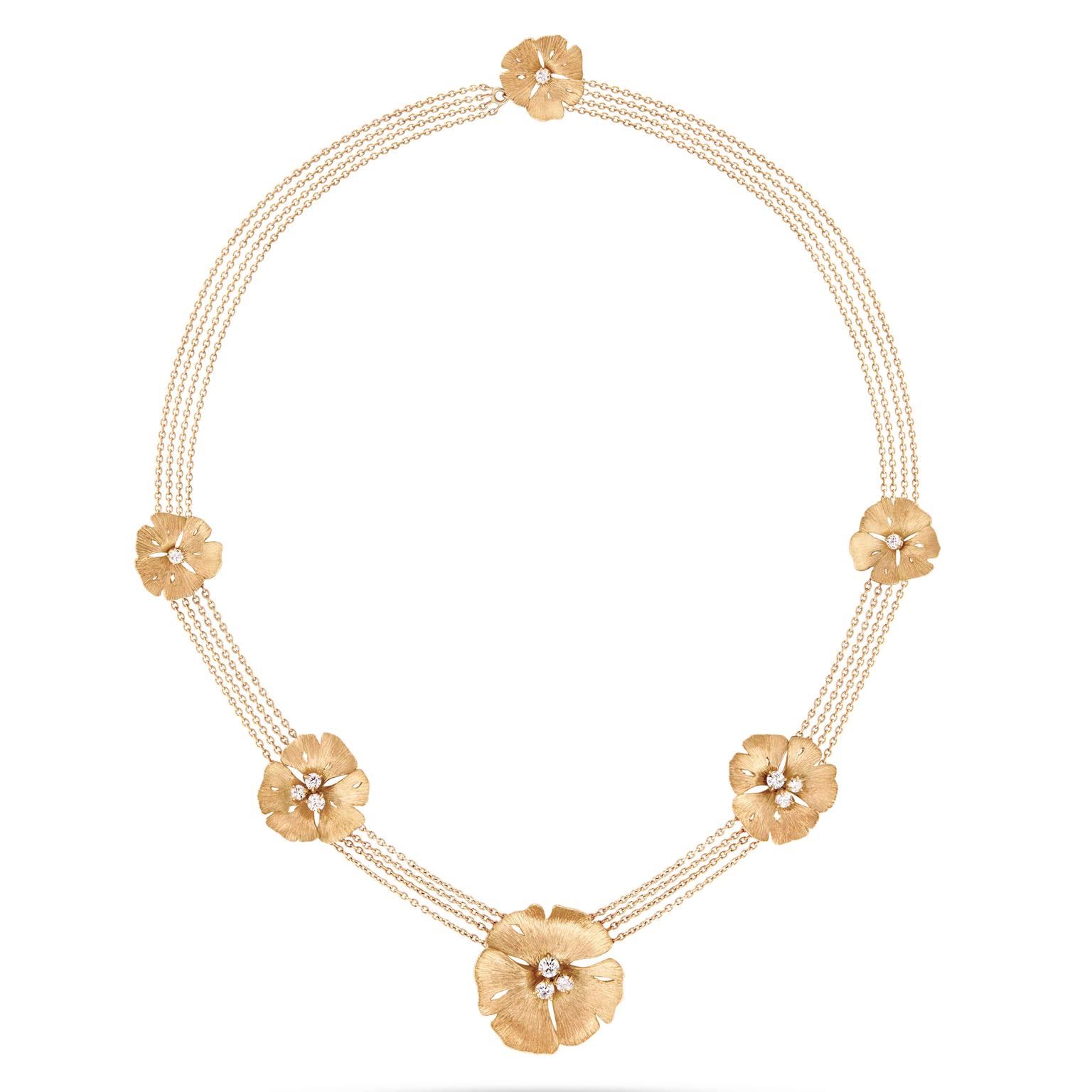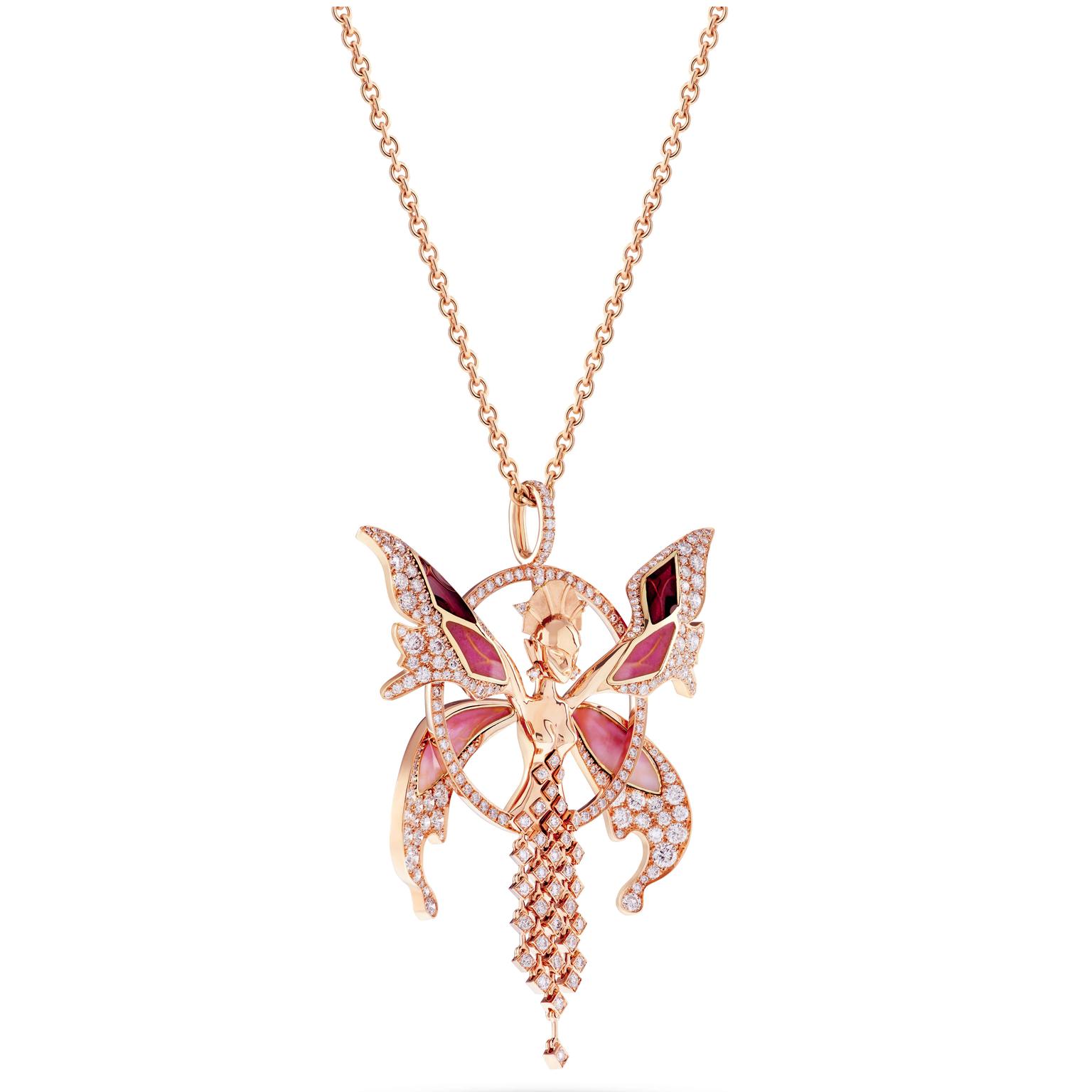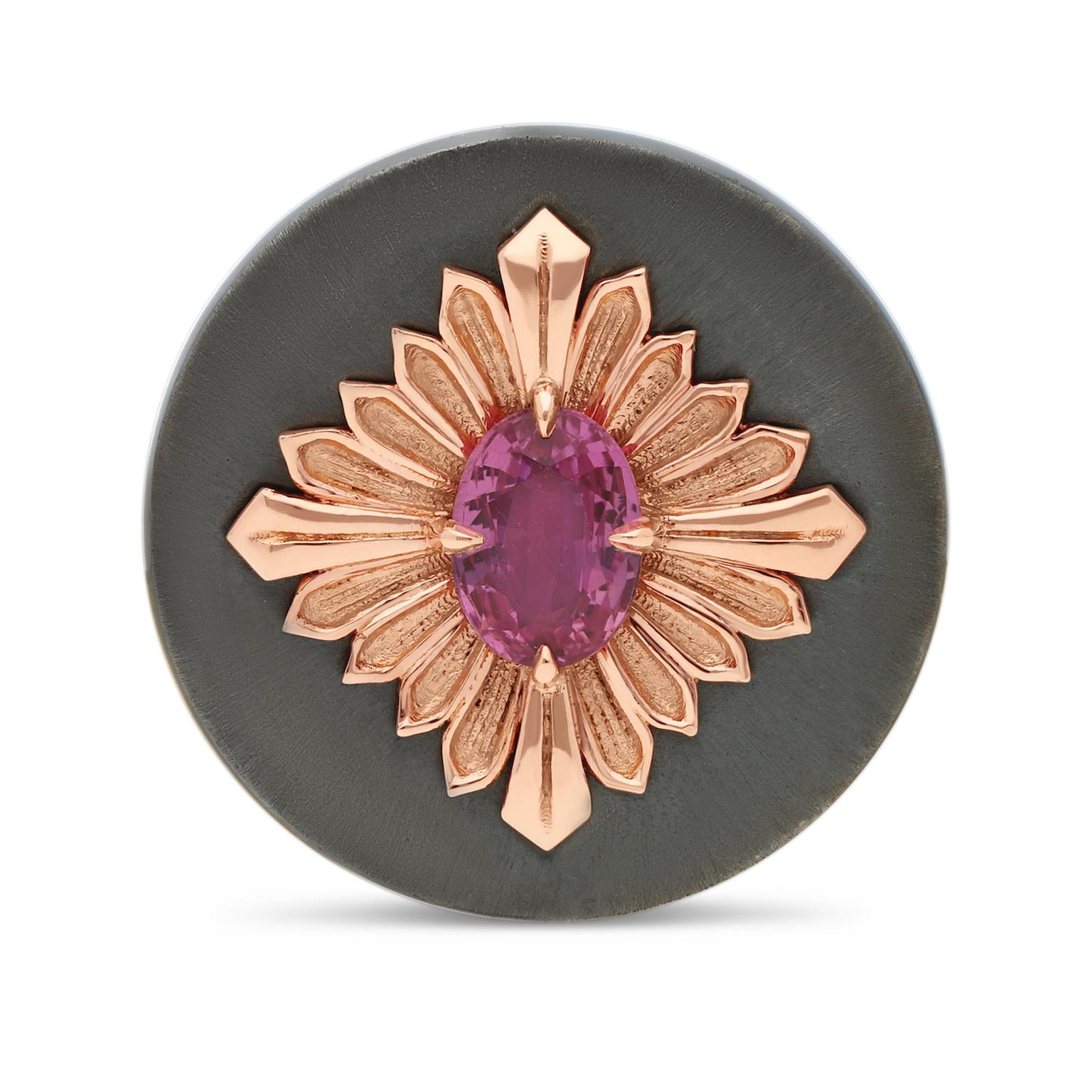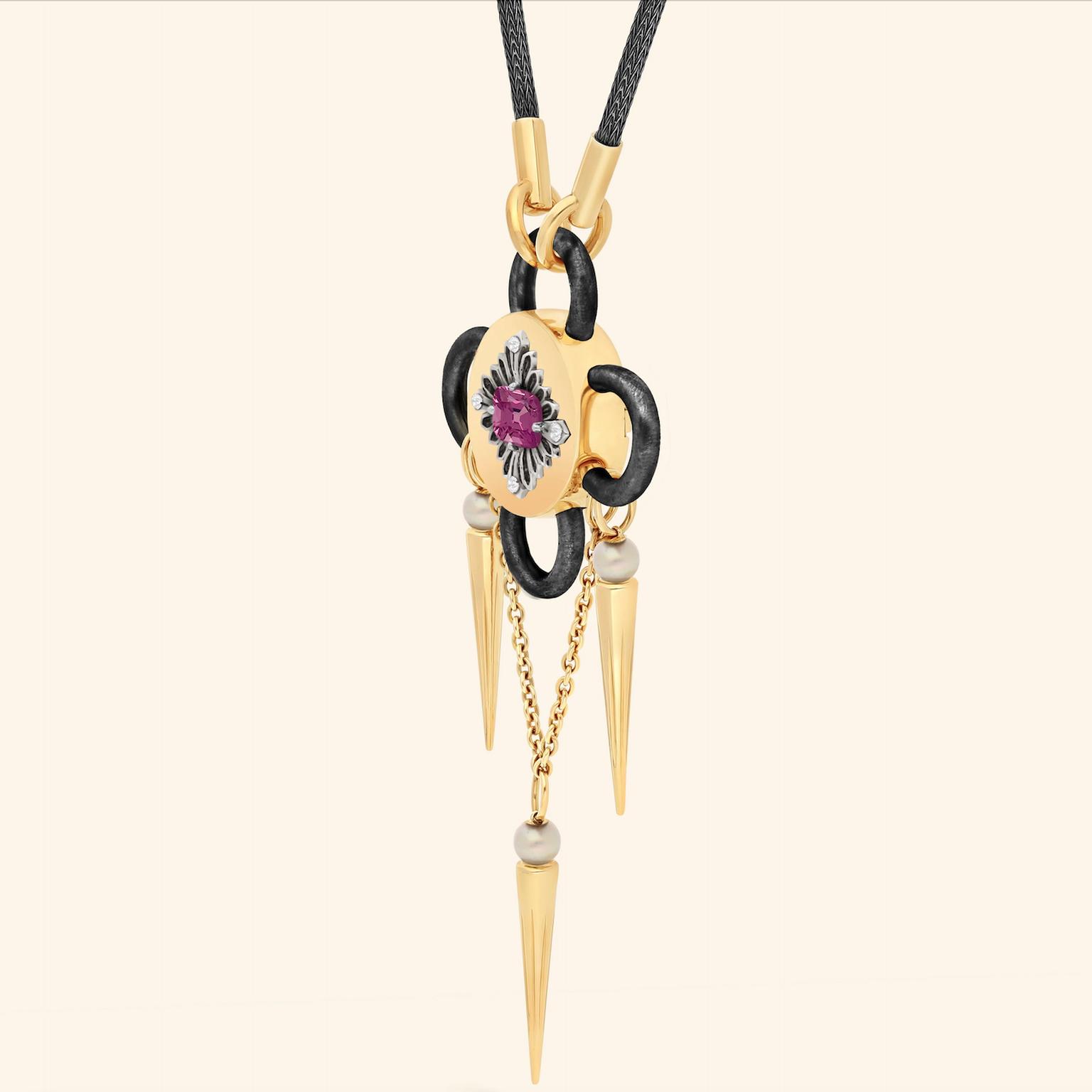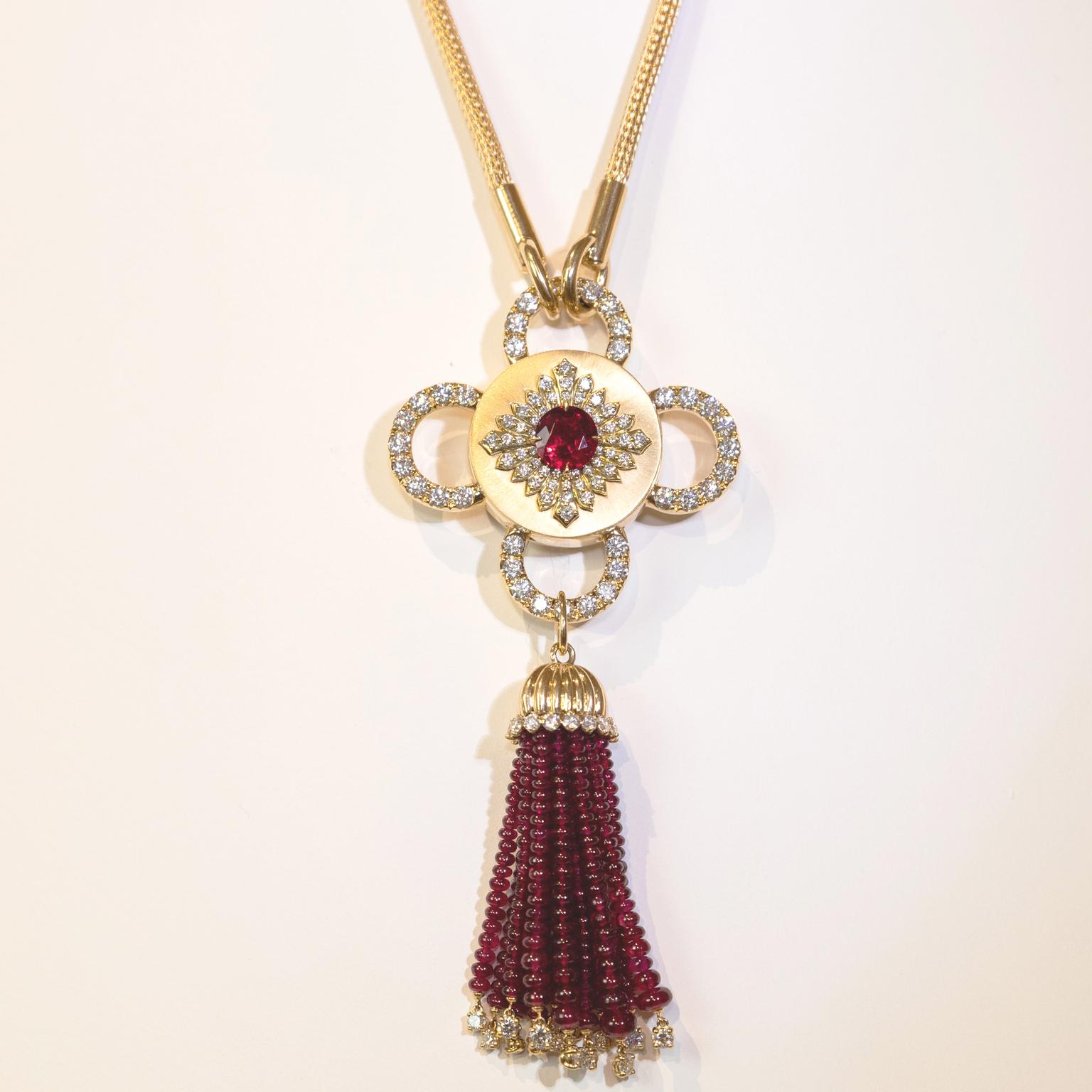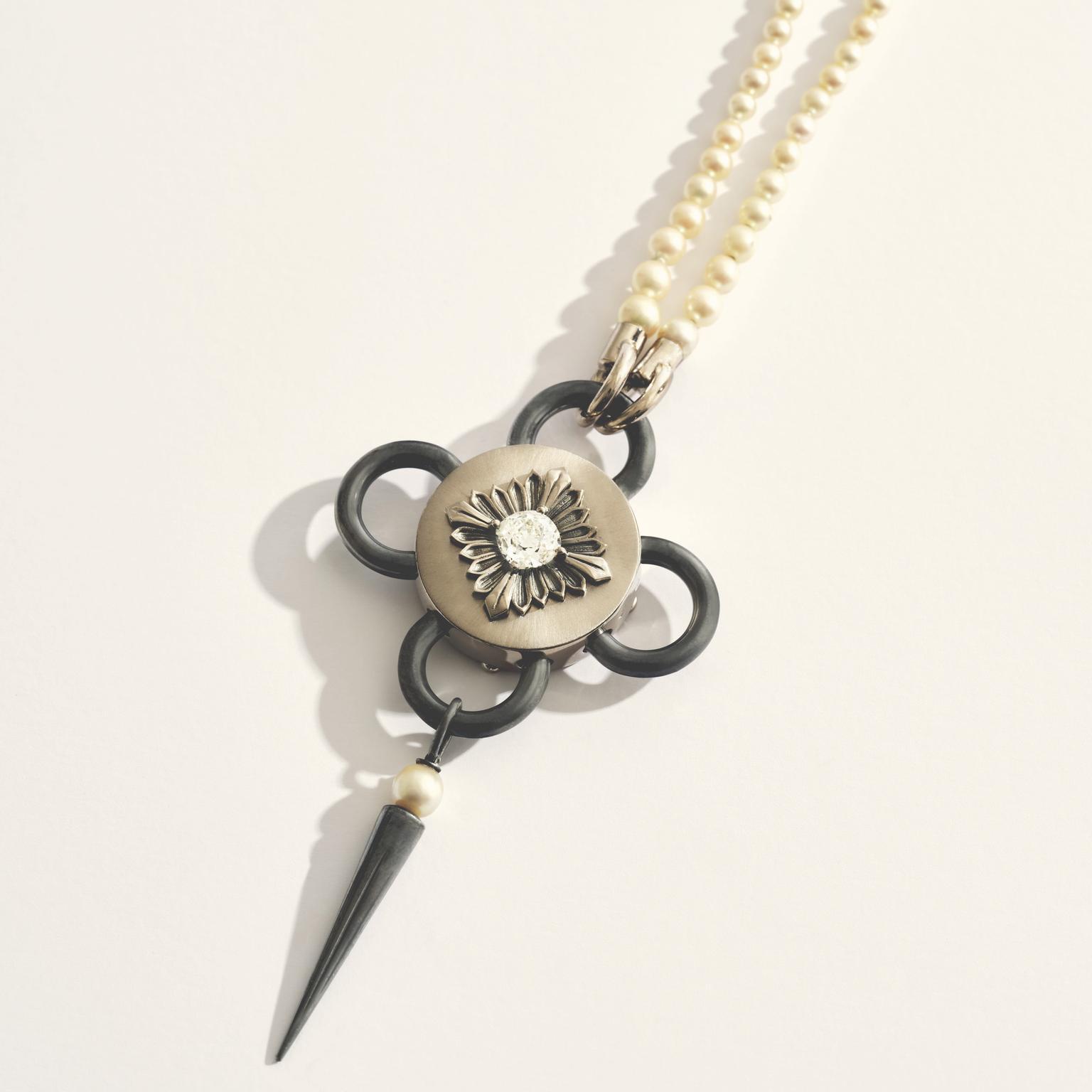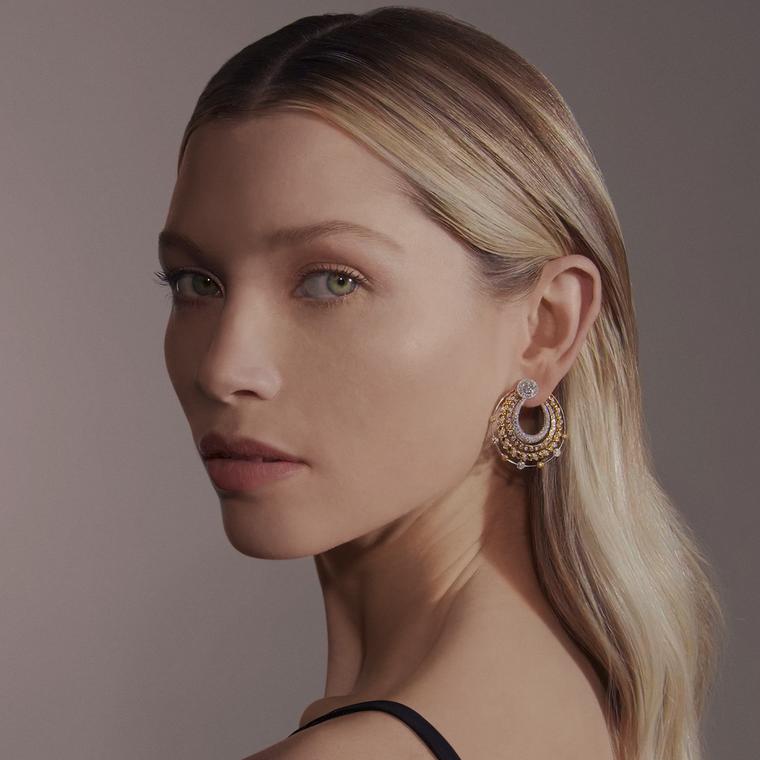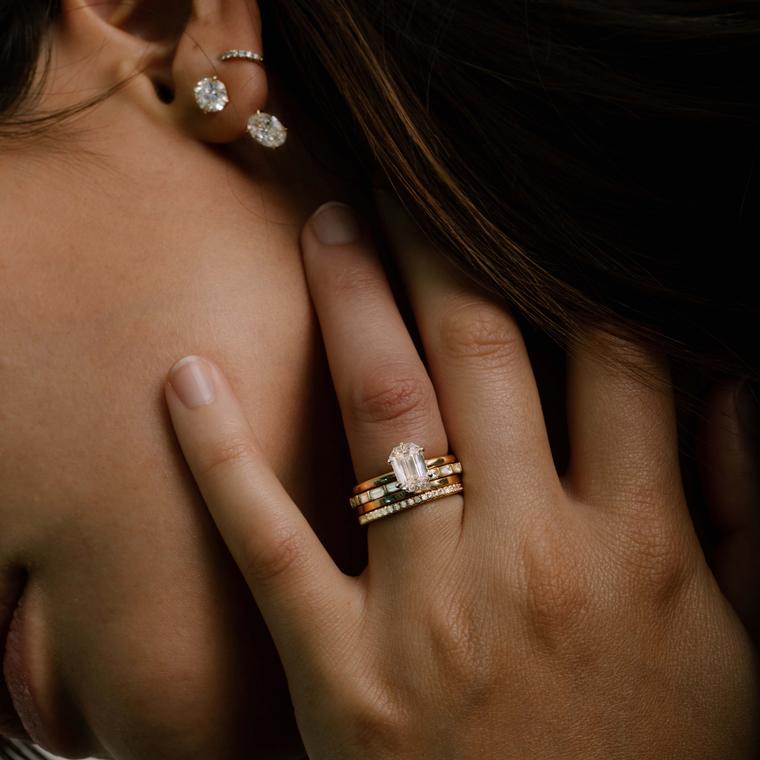Late January in Paris is the place to spot impressive jewels as houses in and around Place Vendôme present lavish high jewellery creations during Haute Couture week.
Dior, Repossi, De Beers, Chopard, Graff, Chaumet, Louis Vuitton and Boucheron, amongst others, reveal pieces that would awe even the most hardened jewellery sceptic with their dazzling balance of creativity, craftsmanship and expertise.
Beyond the usual suspects, three Parisian brands took me off guard this year. Though they were in line with the offerings of the long established maisons, they had a certain “je ne sais quoi” that made them different.
Like their fellow Place Vendôme counterparts, they solely work with the crème de la crème of goldsmiths, enamellers, gem setters, and designers. Like them, they talk about the importance of ‘métiers d’art’ and of their employees who work their magic to transform a mere jewel into an artistic creation that will last forever.
So, what makes Rouvenat, Vever or Courbet different? With sustainability at the core of their ethos, all three of them only work with lab-grown or pre-loved gemstones and recycled gold, and so avoid using freshly mined stones or new precious metals.
Rouvenat was among the star jewellers of Paris during the Second Empire (1852-1870) alongside brands like Boucheron or Mellerio. Léon Rouvenat was a gifted designer and a fast learner with a talent for business and created audacious, elegant and modern jewels in the style of his time. Celebrated among the rich and the powerful, he was commissioned by Empress Eugenie, Napoleon III’s wife, to make an impressive brooch set with over 300 diamonds that became one of her favourite jewels.
Despite all its success, there was no one to take on the business, so the company stopped operations on the eve of the First World War. It remained inactive until 2020 when four passionate and experienced jewellery industry experts, all of whom had worked for years at Cartier, decided to revive the maison.
Discovered in a Parisian second-hand book seller’s shop, the brand’s impressive design heritage of 3,000 period gouaches was preserved in a dozen leather-bound books. With these 170 year-old designs secured, the team embarked on a journey to translate the avant-garde approach of Rouvenat’s founder into a new and equally audacious project of creating high and fine jewellery pieces using only gemstones aged between five to a several hundred years old, all with certificates of origin. Emeralds, sapphires, rubies, diamonds, tourmalines, amethysts, garnets and spinels from past times are brought back to life in dazzling new jewels made in France.
Vever, another French jeweller that went into hibernation, is not afraid to embrace its longstanding reputation for innovation. The brand was founded in 1821 by Pierre-Paul Vever and was renowned for pioneering designs in the Art Nouveau era, an artistic movement at the beginning of the 20th century that in jewellery championed the use of new materials like horn, glass or fine stones.
Since its closure in 1982, Vever has been revived by twins Camille and Damien Vever, 7th generation of the family. Vever continues its daring approach by using innovative materials in its jewels. Camille Vever says: ‘The gold is not extracted from mines, but recycled. The ivory is of vegetable origin. The diamonds are lab-grown. They offer the same physical, optical and chemical properties as a mined diamond.’ Vever is also a strong advocate of traditional techniques such as enamel and believes that through its creations, French artisans will have the support to continue practicing their skills.
Another disrupter on Place Vendôme is Courbet, a brand born in 2018, whose mission is to create eco-friendly jewels made in France. They aim to be sustainable and offer full transparency on the source of the stones they use. Fervent believers in new technology, co-founders Manuel Mallen and Marie-Ann Wachtmeister, have made the choice to only use laboratory-grown diamonds in their creations. With today’s technology, they believe man-made stones are the perfect answer when it comes to traceability and as they are identical to their natural counterparts, they are fit to be used in fine and high jewellery.
In an interview published in December 2022 by EnVols, the Air France magazine, Manuel Mallen said: ‘Lab-grown diamonds are not synthetic diamonds. As a matter of fact, there is no synthesis in the manufacture of these diamonds. Only one element is involved: carbon, which crystallises, as in nature. To put it simply, if the so-called ‘natural’ diamond were a baby, the laboratory diamond would be a test tube baby. They are therefore real diamonds, and independent gemological institutes certify them in the same way as mined diamonds.’
Today, most fine and high jewellery brands try their best to lighten their carbon footprint and to make their creations as sustainable as possible. However, it is interesting to explore how brands like Rouvenat, Vever or Courbet go a step further and pursue sustainability with innovative approaches.


